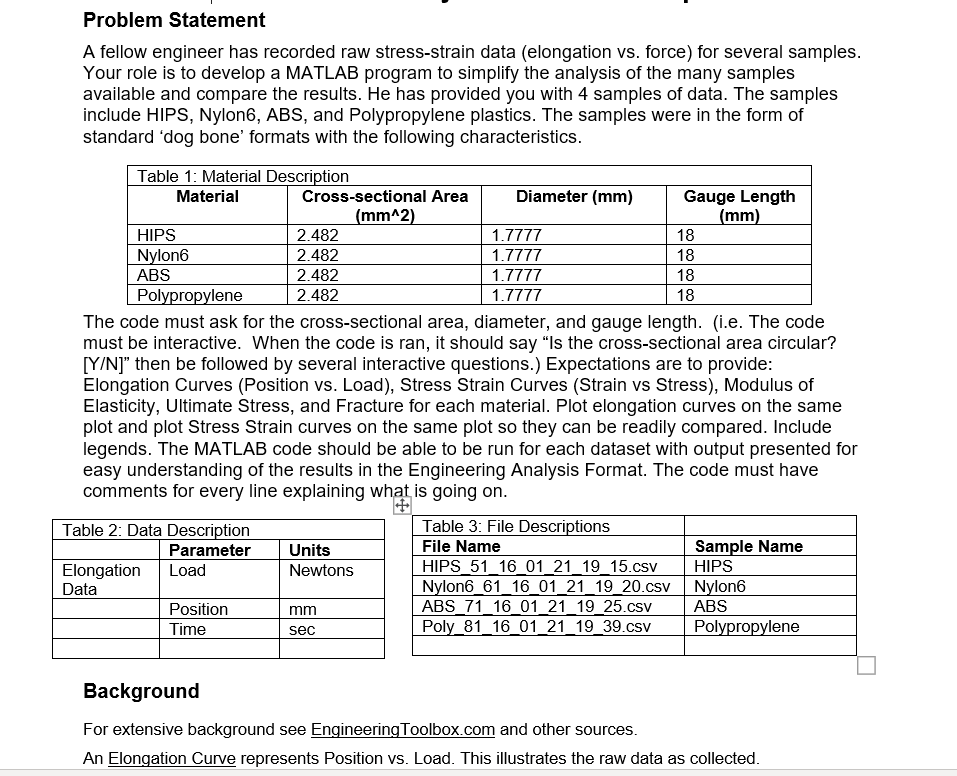


15 – 21 While research also highlights many positive patient experiences (eg, Clark et al. 15 – 21 Key themes include feeling excluded from decisions, receiving subtle or overt threats of coercive treatment, being made to wait excessively long when seeking help, being given insufficient information about one’s condition or treatment options, being treated in a paternalistic or demeaning manner, being told they would never get well, and being spoken to or about using stigmatizing language.

People with lived experience of a mental illness commonly report feeling devalued, dismissed, and dehumanized by many of the health professionals with whom they come into contact. These have been described as “key learning needs,” 14 acknowledging that they are specific concerns that can be changed through targeted initiatives. Research has identified a number of issues contributing to stigmatization in healthcare, which have direct and indirect impacts on access and quality of care for persons living with mental illnesses. 11 Such an understanding is helpful for appreciating how stigmatization occurs on multiple levels throughout the healthcare sector, including structural (eg, investment of resources, quality of care standards, organizational culture), interpersonal (eg, patient–provider interactions, discriminatory behaviours, negative attitudes), and intraindividual (eg self-stigma, patient reluctance to seek care, provider reluctance to disclose a mental illness and/or seek care). 11 – 13 It is also keenly recognized that only powerful social groups can stigmatize. 11, 12 Stigmatization occurs on multiple levels simultaneously-intrapersonal (eg, self-stigma), interpersonal (eg, relations with others), and structural (eg, discriminatory and/or exclusionary policies, laws, and systems).

What are the main sources of stigma in healthcare?ĭeveloped from Goffman’s pioneering work, 10 stigma is conceptualized as a complex social process of labeling, othering, devaluation, and discrimination involving an interconnection of cognitive, emotional, and behavioural components.


 0 kommentar(er)
0 kommentar(er)
